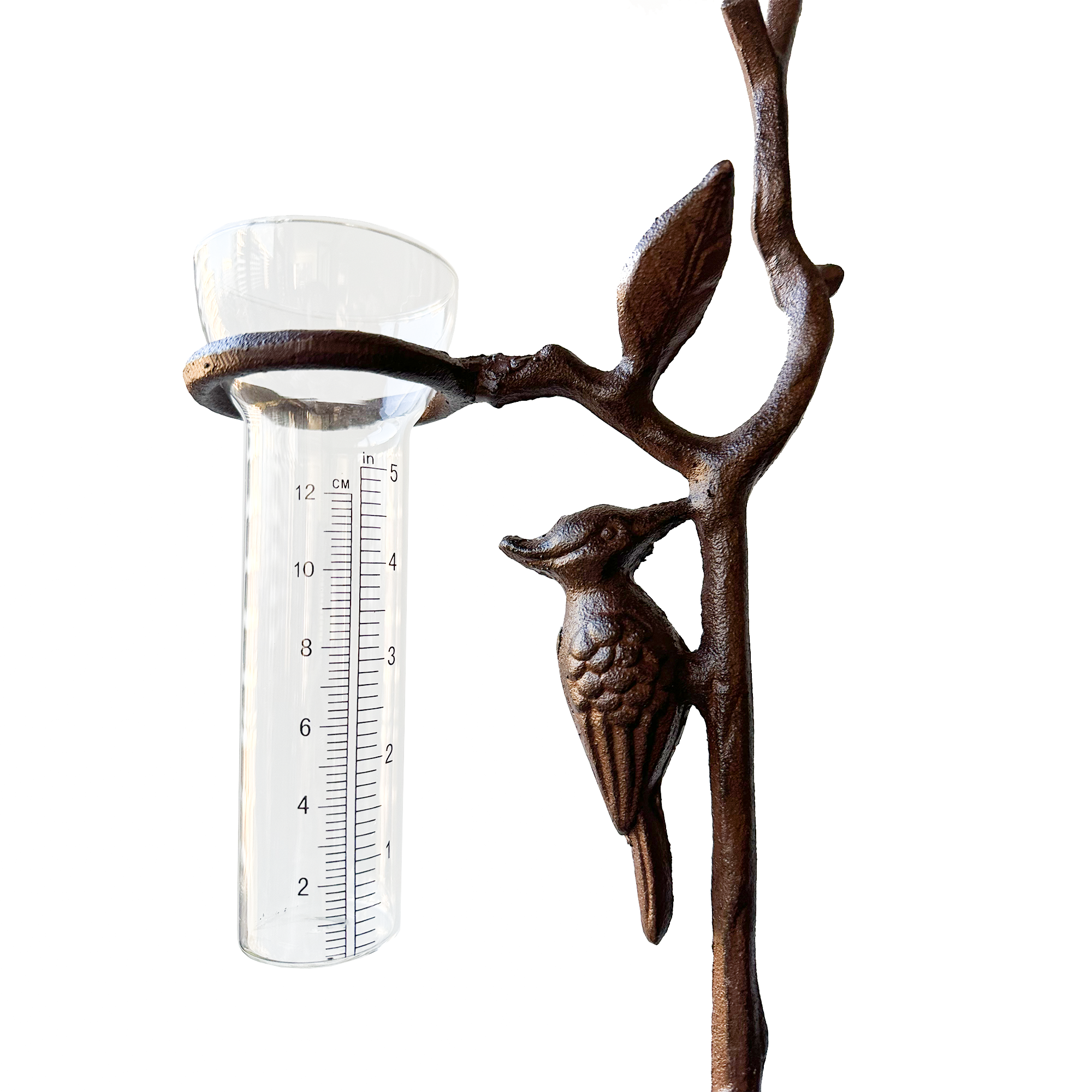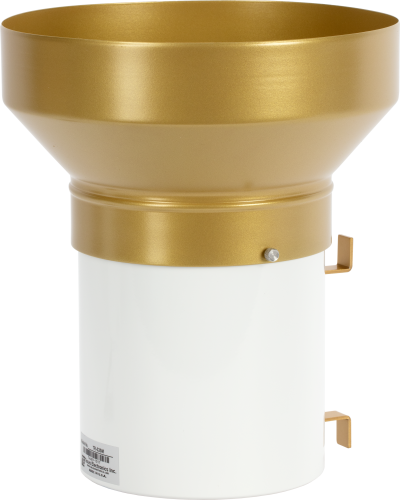Contrast the Leading Rain Gauge Models for Accurate and Constant Analyses
Contrast the Leading Rain Gauge Models for Accurate and Constant Analyses
Blog Article
Unveiling the Science Behind Rainfall Determines: How These Instruments Play a Critical Role in Climate Study and Ecological Monitoring
Rainfall gauges, relatively easy devices, hold a profound relevance in the realm of environment research study and ecological tracking. These simple instruments quietly collect one of nature's most important components-- rainfall. Yet, behind their plain facade lies a complex science that is crucial for understanding the dynamics of our setting. As we peel off back the layers of this scientific shroud surrounding rain evaluates, we discover a globe where precision, information accuracy, and careful observation converge to unveil a deeper understanding of our changing climate and its effect on the earth.
Significance of Rain Gauges
Rain evaluates play an essential function in monitoring and measuring rainfall levels, giving essential information for environment research and analysis. These devices are essential in measuring the quantity of rainfall that occurs in a details location over a specific duration. By collecting and gauging rain, rainfall evaluates offer important insights into the distribution and intensity of rainfall, assisting meteorologists, hydrologists, and climatologists in recognizing weather patterns and fads.
Among the key reasons that rainfall assesses are crucial is their ability to give localized and precise data. Unlike satellite or radar-based dimensions, which offer broader observations, rain gauges deal precise information details to the place where they are put. This localized information is important for different applications, consisting of flood forecasting, drought tracking, and water resource monitoring. In addition, lasting information gathered from rain assesses aids in examining climate modification effects and patterns, adding significantly to clinical study and decision-making processes. Basically, rain evaluates function as vital tools in the field of weather forecasting and environmental science, playing a critical role beforehand our understanding of weather and climate characteristics.
Kinds Of Rain Scales

Performance and Operation
In the realm of environment study and atmospheric researches, the effectiveness of rain determines lies in their elaborate performance and exact functional systems. Rain gauges are created to precisely determine the quantity of precipitation that drops over a particular location throughout a set duration.
The functionality of rain determines is based upon the concept of measuring and accumulating rainwater in a standardized way. This gathered information is crucial for understanding regional climate patterns, tracking long-lasting climate trends, and examining environmental influences. To ensure precise measurements, rainfall gauges demand click resources to be strategically positioned in open areas away from blockages such as structures or trees that might hinder the collection process.
The functional facet of rainfall gauges entails regular maintenance to avoid debris accumulation, calibration checks to maintain measurement precision, and information taping for evaluation (rain gauge). Generally, the capability and procedure of rainfall gauges are crucial for gathering reliable precipitation data important to environment research study and ecological monitoring
Function in Climate Research Study
Provided the essential value of precise precipitation dimensions in recognizing weather condition patterns and environmental influences, the function of rain determines in environment study is crucial. Rainfall assesses give vital data for climate study by quantifying the amount of precipitation that tips over a specific location throughout a given duration. This information is vital for keeping track of long-term fads in rainfall patterns, analyzing the influence of climate adjustment on rains circulation, and improving climate designs.

Environment researchers make use of data gathered from rain evaluates to evaluate variants in precipitation degrees, identify local climate fads, and examine the effectiveness of water resource management methods. By contrasting historic precipitation information with existing measurements, scientists can spot shifts in precipitation patterns, such as changes in the regularity or intensity of rainfall occasions. This information is important for understanding just how climate change is influencing precipitation characteristics and can assist policymakers make informed choices concerning adjustment and reduction approaches.
Applications in Environmental Monitoring

In flooding projecting, rain gauge information aids to track rains intensity and distribution, permitting authorities to provide timely cautions and take necessary steps to alleviate flooding risks (rain gauge). Dry spell tracking her response depends on rainfall gauge data to analyze dampness degrees in the dirt and track rainfall deficits, helping in the recognition of drought-prone locations and the application of dry spell reaction methods
Additionally, rain gauge data plays a crucial function in water source monitoring by offering information on water availability and usage fads. This data is used to make enlightened decisions regarding water appropriation, preservation steps, and sustainable water resource preparation. Furthermore, in farming, rain scale information aids farmers in maximizing irrigation timetables, plant option, and overall farm administration techniques based upon neighborhood precipitation patterns. Generally, rainfall determines are vital tools in ecological monitoring, offering beneficial insights that add to notified decision-making and sustainable source monitoring.
Conclusion
To conclude, rainfall assesses are crucial tools for determining precipitation, supplying useful information for environment research and ecological monitoring. With various types and capabilities, rain determines play a crucial duty in understanding precipitation patterns and their effect on the atmosphere. By properly determining rains, these tools add to the innovation of clinical knowledge and help in making More Info educated choices pertaining to water resource monitoring and calamity preparedness.
Rainfall determines play a crucial role in monitoring and determining precipitation degrees, offering crucial information for climate research study and analysis. The standard rainfall gauge, recognized as the "tipping pail" gauge, is one of the most typically utilized gadgets. Ultrasonic rainfall gauges use noise waves to identify the presence of rain, offering real-time data on rainfall degrees.Climate researchers use information accumulated from rainfall assesses to examine variants in rainfall degrees, recognize regional environment fads, and review the performance of water resource administration strategies.In final thought, rainfall assesses are essential devices for gauging precipitation, supplying useful data for environment study and environmental surveillance.
Report this page